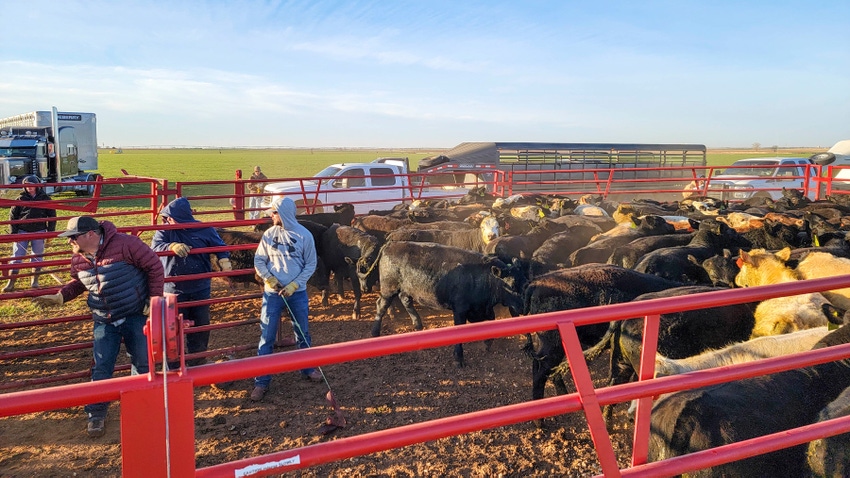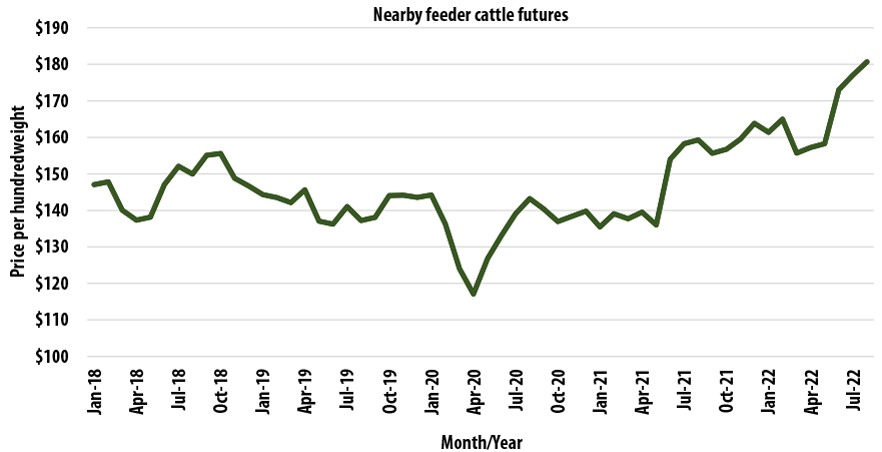Unlocking Growth Possible: Bagley Risk Management Approaches
Unlocking Growth Possible: Bagley Risk Management Approaches
Blog Article
Understanding Animals Risk Protection (LRP) Insurance: A Comprehensive Overview
Browsing the world of livestock threat security (LRP) insurance policy can be a complex endeavor for several in the farming market. From exactly how LRP insurance policy functions to the different protection options available, there is much to discover in this comprehensive overview that can potentially form the method livestock producers come close to threat management in their organizations.

Exactly How LRP Insurance Coverage Functions
Periodically, recognizing the mechanics of Animals Danger Protection (LRP) insurance can be complicated, however damaging down exactly how it works can offer clearness for herdsmans and farmers. LRP insurance policy is a threat administration device made to protect livestock producers against unforeseen rate decreases. It's vital to keep in mind that LRP insurance is not an income guarantee; rather, it focuses entirely on cost danger security.
Eligibility and Insurance Coverage Options

When it comes to coverage choices, LRP insurance policy offers manufacturers the flexibility to select the coverage level, coverage period, and recommendations that finest suit their threat management demands. By recognizing the eligibility criteria and insurance coverage choices offered, livestock manufacturers can make enlightened decisions to manage threat effectively.
Benefits And Drawbacks of LRP Insurance Coverage
When examining Animals Risk Protection (LRP) insurance coverage, it is essential for animals manufacturers to consider the advantages and drawbacks fundamental in this risk administration tool.

Among the primary benefits of LRP insurance coverage is its capacity to supply protection against a decrease in animals rates. This can assist secure manufacturers from economic losses resulting from market changes. Additionally, LRP insurance coverage offers a degree of versatility, enabling manufacturers to personalize insurance coverage degrees and plan periods to suit their specific needs. By securing a guaranteed cost for their animals, manufacturers can much better handle risk and plan for the future.
Nevertheless, there are additionally some downsides to consider. One constraint of LRP insurance coverage is that it does not safeguard versus all kinds of dangers, such as condition episodes or natural disasters. Premiums can occasionally be expensive, specifically for producers with huge animals herds. It is crucial for manufacturers to meticulously analyze their individual risk exposure and financial situation to establish if LRP insurance is the right threat monitoring tool for their operation.
Recognizing LRP Insurance Coverage Premiums

Tips for Making The Most Of LRP Perks
Maximizing the advantages of Animals Risk Defense (LRP) insurance requires critical preparation and positive risk monitoring - Bagley Risk Management. To take advantage of your LRP protection, take into consideration the following pointers:
Routinely Evaluate Market Problems: Remain informed regarding market trends and cost variations in the animals market. By keeping track of these aspects, you can make educated decisions regarding when to purchase LRP coverage to protect against prospective losses.
Set Realistic Coverage Degrees: When selecting insurance coverage degrees, consider your manufacturing prices, market value of livestock, and possible dangers - Bagley Risk Management. Setting reasonable insurance coverage levels makes certain that you are adequately secured without overpaying for unnecessary over at this website insurance coverage
Expand Your Coverage: Rather than depending exclusively on LRP insurance policy, consider expanding your danger management techniques. Integrating LRP with other danger administration devices such as futures contracts or options can give thorough coverage versus market uncertainties.
Testimonial and Change Protection Consistently: As market conditions change, regularly evaluate your LRP coverage to ensure it straightens with your current danger direct exposure. Adjusting insurance coverage degrees and timing of purchases can assist enhance your danger defense strategy. By complying with these suggestions, you can take full advantage of the advantages of LRP insurance coverage and secure your livestock operation versus unexpected dangers.
Conclusion
In final thought, livestock threat security (LRP) insurance coverage is a valuable tool for farmers to handle the monetary dangers related to their livestock procedures. By recognizing how LRP functions, qualification and insurance coverage choices, along with important site the pros and disadvantages of this insurance, farmers can make enlightened choices to shield their incomes. By very carefully thinking about LRP costs and carrying out approaches to take full advantage of advantages, farmers can alleviate prospective losses and make certain the sustainability of their procedures.
Animals producers interested in acquiring Livestock Threat Defense (LRP) insurance coverage can explore an array of eligibility standards and coverage alternatives customized to their particular livestock procedures.When it comes to coverage choices, LRP insurance uses manufacturers the versatility to choose the protection level, protection duration, and recommendations that best fit their risk administration requirements.To understand the complexities of Animals Risk Security (LRP) insurance policy completely, understanding the variables affecting LRP insurance policy premiums is important. LRP insurance policy premiums are established by different components, including the coverage level picked, the expected cost of animals at the end of the protection duration, the kind of livestock being guaranteed, and the length of the coverage period.Evaluation and Readjust Insurance Coverage Consistently: As market conditions change, periodically assess your LRP coverage to guarantee it lines up with your current risk direct exposure.
Report this page